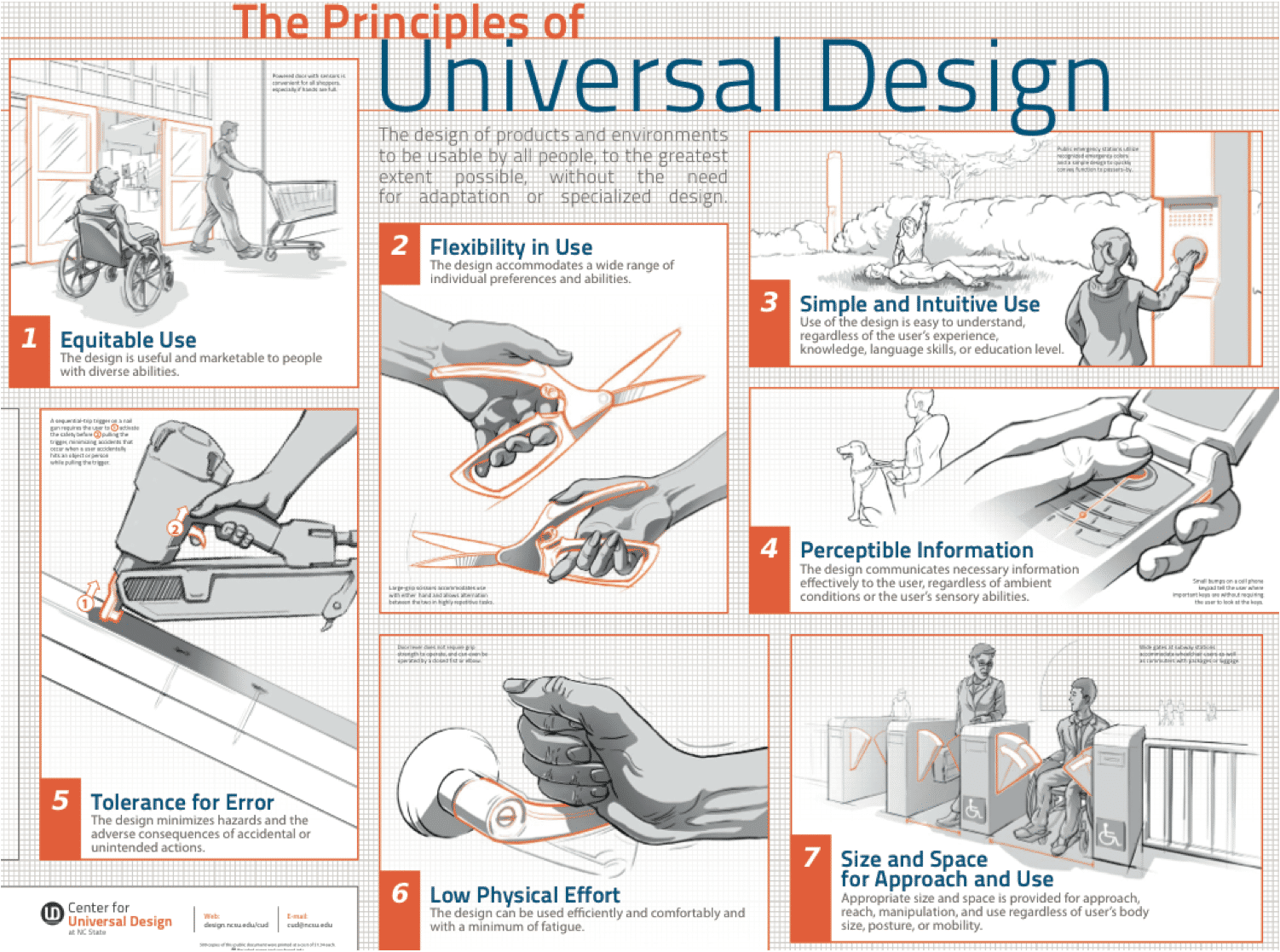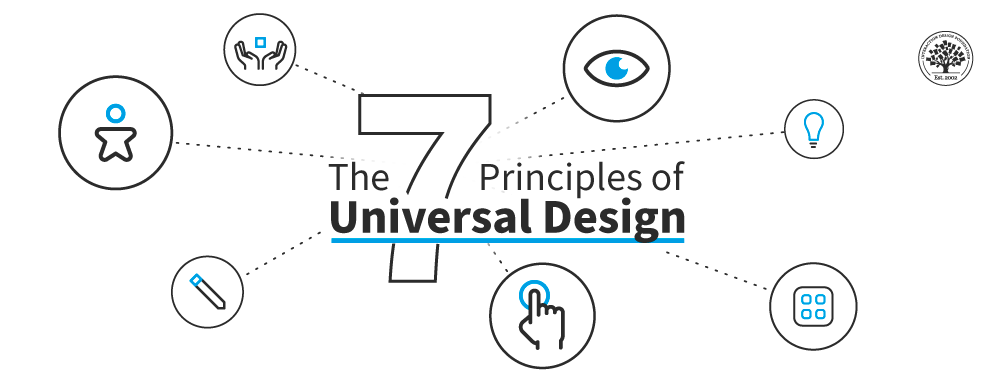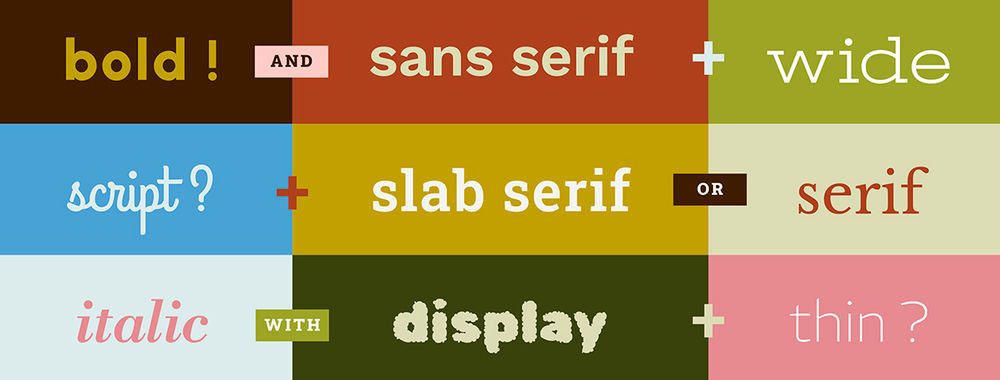It can be easy to forget that users don’t come in a standard format when designing products. We’re getting better at catering for different personas or demographics but the industry still lags a long way behind design that is accessible to as many disabled people as possible.
The principle of “Design for All” is one that begins with the Seven Principles of Universal Design. These were founded at North Carolina State University back in 1997 by a team of design specialists across multiple disciplines which was headed by Ronald Mace. The Seven Principles help designers evaluate the effectiveness of their designs to be used by as many people as possible.

© Center for Universal Design, NC State, All rights reserved
Equitable Use
Is your design going to be useful to a wide range of people; including those with different physical and mental capacities from your test users? Can it be marketed to those people with different capacities?
Flexible Use
When your design is put into use; can it be used in many different ways? Will adapt to the way one person wants to use it or has to use it because of differing abilities?
© Toxel.com, All rights reserved.
Simple and Intuitive Use
How easy is your design for someone to pick up and start using immediately without instruction? The easier it is for someone to use irrespective of their previous skills, experiences or learning and irrespective of their ability to concentrate for long periods of time; the easier it will be for a wide-range of user to use it.
Perceptible Information
Does your design give the user enough information to make the most efficient use of your product? Is this true in all conditions?
© Norges Blindeforbund, CC BY-NC-ND 2.0
Error Tolerances
Have you tried to make your design “foolproof”? In that, no matter how it is used, there are minimal errors and minimal consequences for those errors? This is vital for those with differing abilities; they may make mistakes compared to other users but they should not be unduly inconvenience for those mistakes either.
Minimal Physical Effort
Has your design tried to minimize the physical effort needed to get the best use from your product? Have you tried to keep motions that may cause fatigue in the user to a minimum?
Size and Space in Both Approach and Usage
Finally, have you considered the environment that the product will be used in? Does your design allow for the right amounts of space for a user to approach and manipulate the product? Is this true for a wheelchair user or someone on crutches?
Want to Make Fairer, Better Products?
If you want to build products that are most accessible to a wide-range of users; you need to understand the Design for All principles and how to put them into practice. See the Design for All chapter by Constantine Stephanidis in The Encyclopedia of Human-Computer Interaction.
Constantine Stephanidis is a Professor of Computer Science at The University of Crete and the Director of the Institute of Computer Science Foundation for Research and Technology – Hellas.
Hero Image: © Interaction Design Foundation, CC BY-SA 4.0











